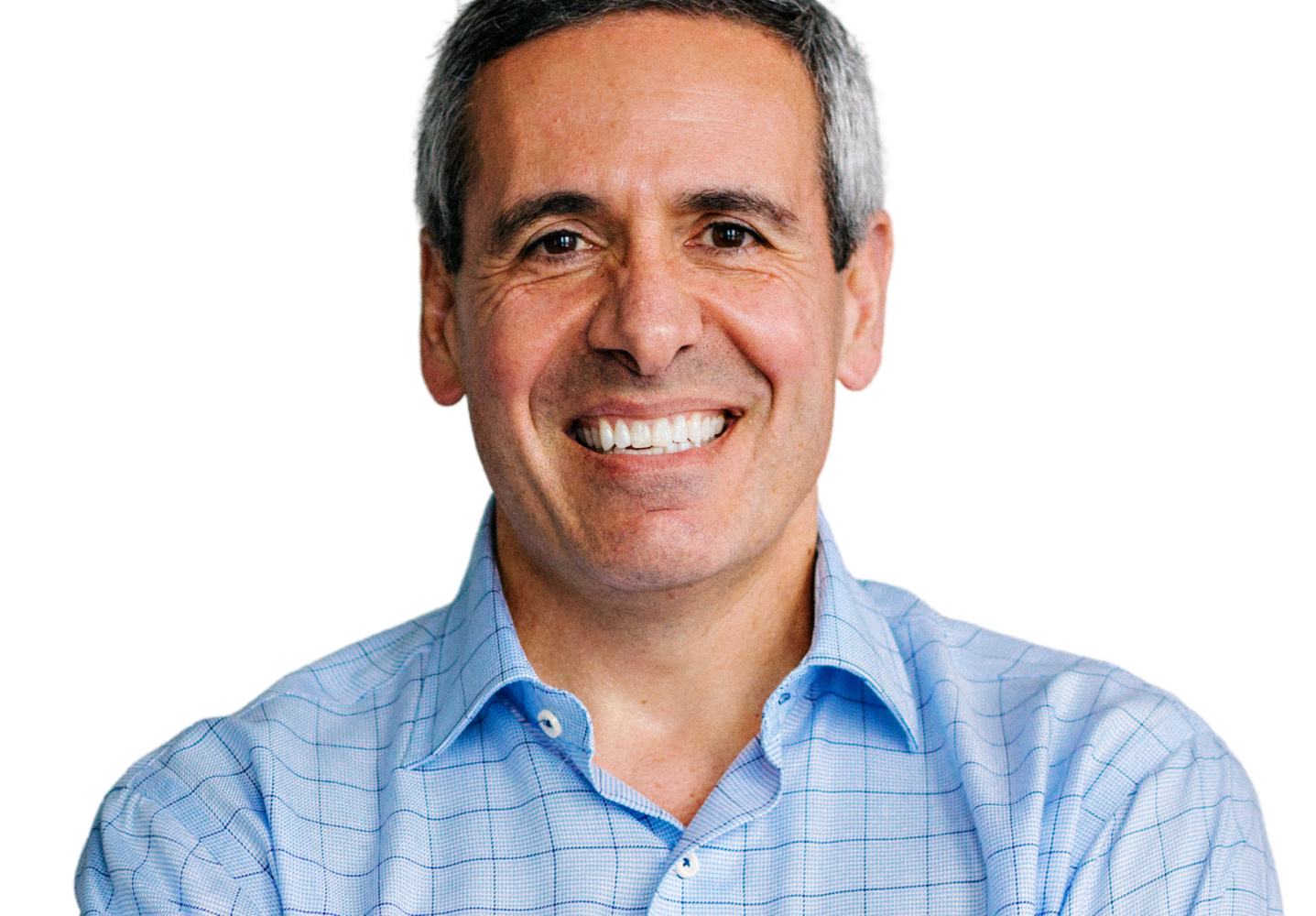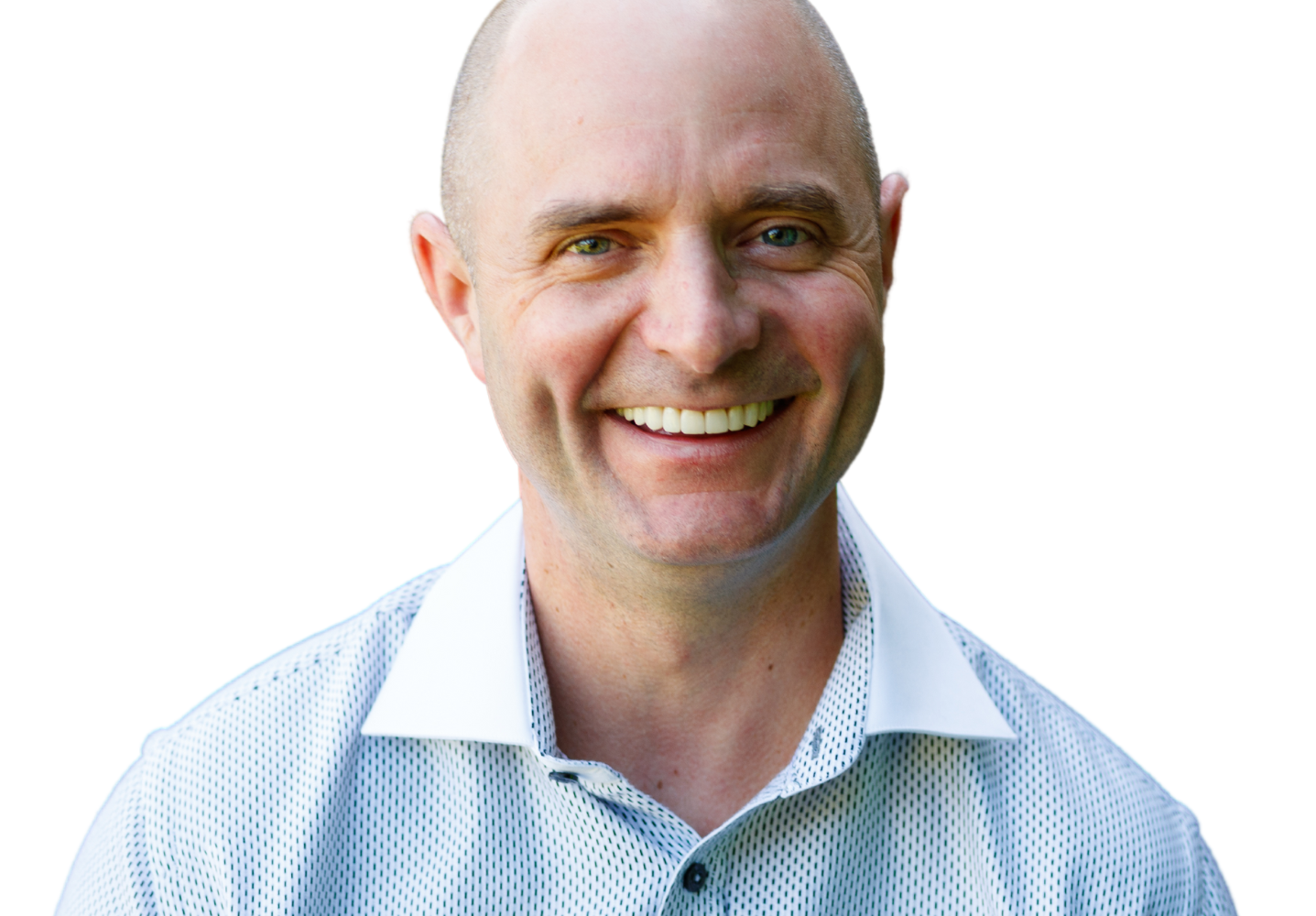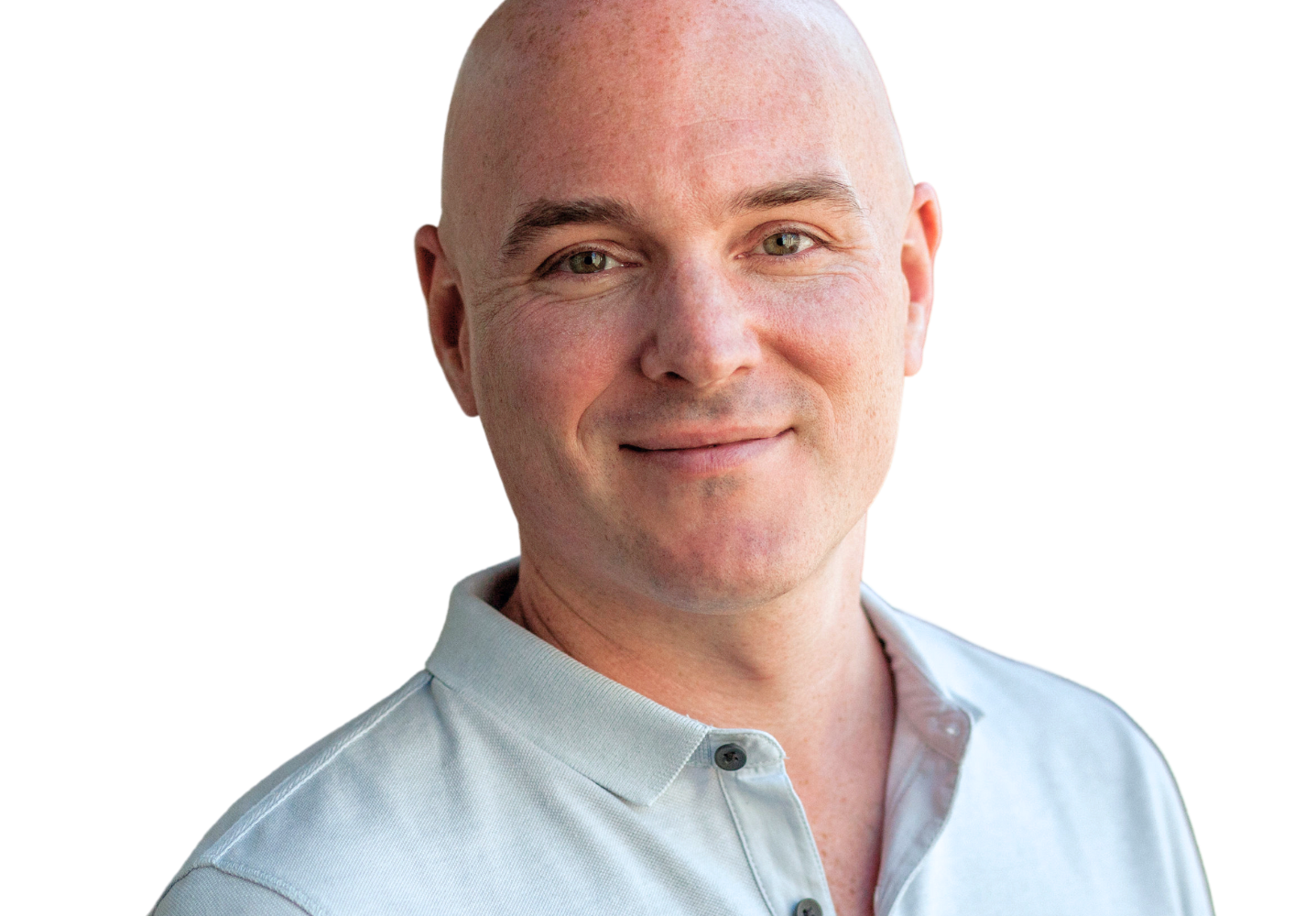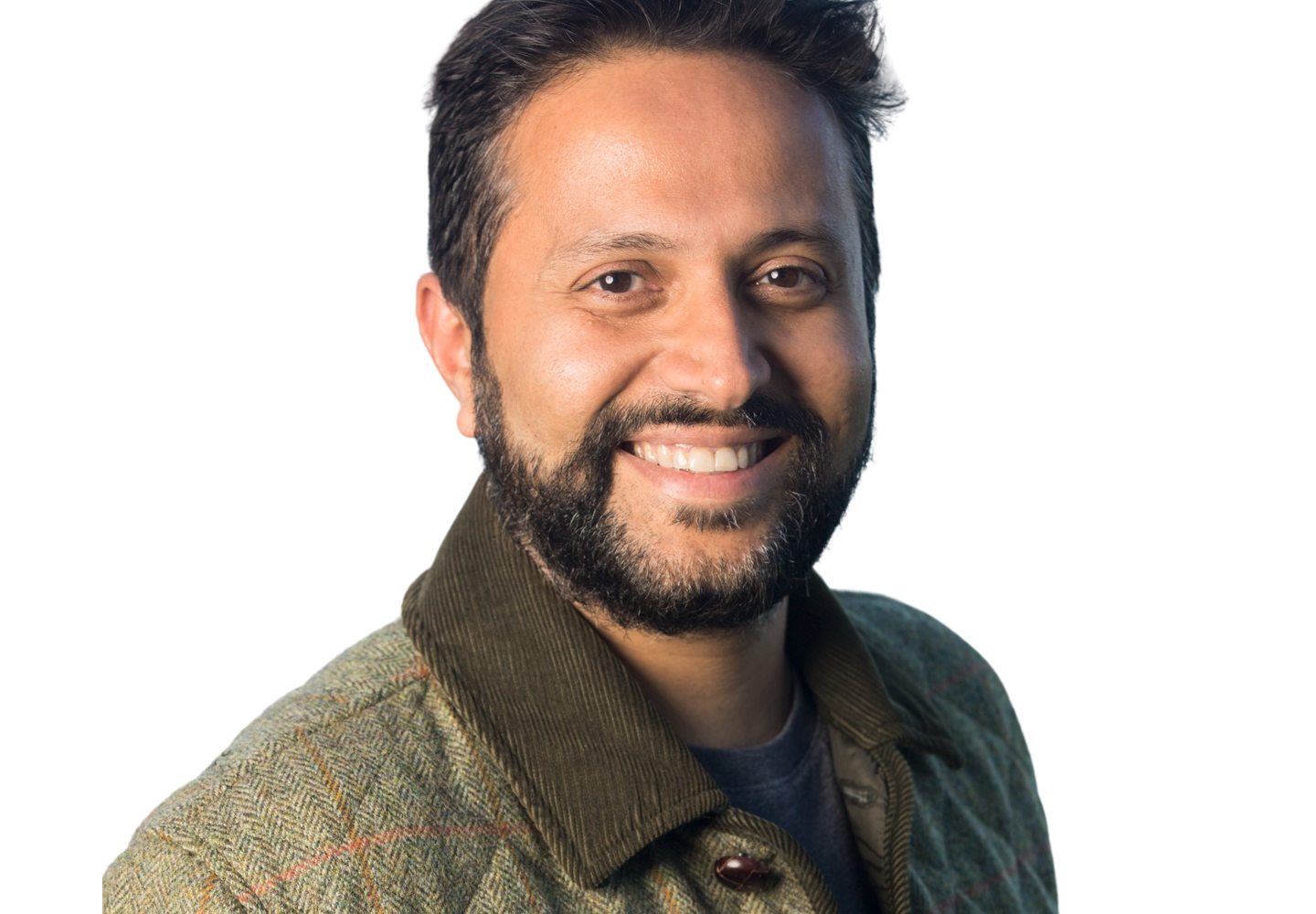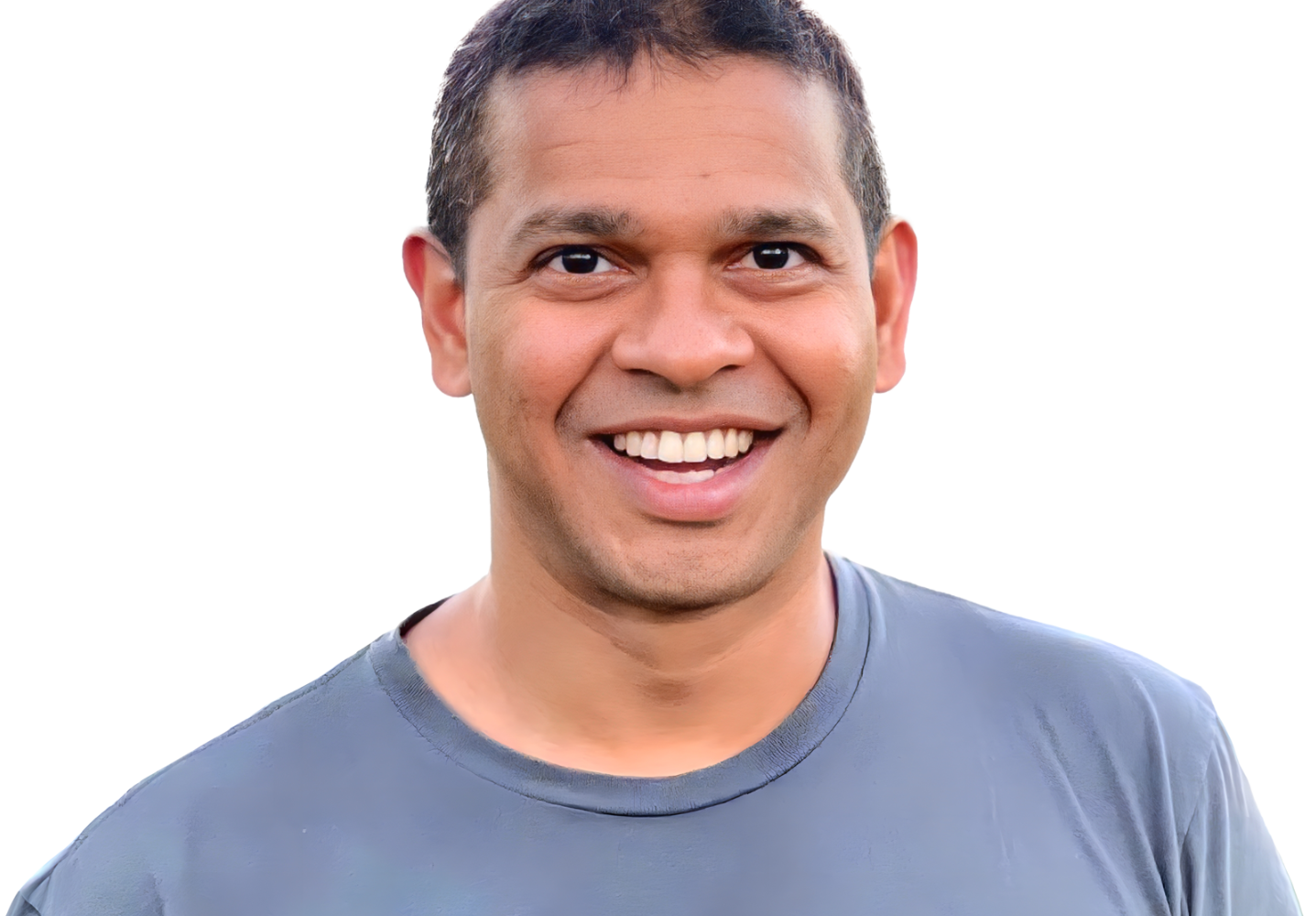What problem inspired the creation of Echodyne, and why were you the right person to tackle that?
When we started Echodyne, there was a lot of buzz in the industry about all kinds of machines and systems becoming autonomous — like driverless cars and package delivery via drones as well as defense systems. And for those autonomous systems operating outdoors, radar is an amazing sensor. But high-performance radar had been limited to just a very small subset of customers — typically, the military — which needs and can afford to spend a lot on sensors. Echodyne came up with a patented way to deliver very high-performance radars at a commercial price point, and we thought that capability seemed extremely well suited to what was happening generally in the industry.
As for why I was the right person to do that — the jury might still be out. But, while at my previous company, Intellectual Ventures, I had a team that was essentially spinning out new companies. We had already spun out several, and for each, we found someone who understood that industry and also came from an entrepreneurial background, meaning they knew how to operate a startup and deal with venture investors, etc. When we started looking at the potential radar idea, it wasn’t quite as straightforward. We could certainly find people who knew radar, but they would come either out of a giant defense contractor or perhaps an automotive parts supplier, but they would likely not have entrepreneurial or VC-backed company experience. So, it was a little bit of a toss-up — would we rather have someone who had more startup experience or someone who came with deep technical/industry experience?
In the end, we decided to go for more entrepreneurial experience, and I was intrigued by the promise of the early technology. I thought it sounded interesting and that I could figure out the industry — so off we went.
What is it like to work with Madrona?
I’ve known Madrona for decades having been in the Seattle tech community for a long time. I had actually been talking to Madrona about potentially filling a CEO slot for one of their portfolio companies when we decided to spin out Echodyne with me as the CEO. I talked to Madrona before we even started fundraising to let them know what I had decided to do. This was a radar company. It was not an obvious fit for a Madrona investment — it’s hardware; we were going to have defense customers and government customers. It wasn’t a round peg, round hole kind of fit. I told Madrona that this was what I was going to go do and that I appreciated and recognized that it wasn’t right up their alley and that I had no expectation they would have any interest in investing. And then Madrona’s response was, “We absolutely want to look at it. We want you to pitch this to us so we can take a look.” They were interested from the beginning and actually helped us go through the spin-out process and structure the deal. And Madrona’s participated in every round since then. It’s been great.
Tell us about a Madrona Moment.
There’s a Madrona moment every two weeks when I have coffee with Tim Porter. It has been more about the constant interaction and interaction when I need it as opposed to some sort of existential crisis moment where Madrona comes in and helps save the day. I’m constantly in communication and Tim knows exactly what the status is at all times. And if I have a question I want to bounce off an informed outsider, I know that opportunity is going to be there. Having that constant communication has been a huge value to me. Because it’s somebody who is seeing lots of other situations yet knows the business very well, while still being far enough away from it that he can be a little less biased than an insider would be.
When you only get feedback during an official board meeting or call, it can be pretty limiting. Because there’s a whole download of information, and people don’t necessarily have a lot of time to think about their response and to think critically about whatever issues you’re discussing. The fact that I can speak to somebody every couple of weeks for an hour is just way more useful.
What have you learned about yourself during this process?
One thing I have known about myself — and I think it’s true for almost any manager who has a bit of a heart — is that I always look for the best in people. There are times when you think a person is going to make it and everything’s going to be fine, but your gut is like, “This may be too big a role for them, or it may be the wrong role for them.” I think most people tend to let that drag on for a lot longer than it ought to — beyond when you know enough to know what the outcome is going to be. I’ve tried to be a little better about that in this role, and as I’ve gotten older in general, but it’s still something that we all deal with. And it is true not just as it relates to people management issues, but strategies or what you’re doing from an execution standpoint as well. You think a certain strategy is going to work, or this way we’re executing is going to end up being fine, but you’re questioning, “Is it really?” When you’re having those doubts, you need to listen carefully to your gut because your gut is speaking from experience.
What is the most important lesson you have learned during your startup journey?
I’ve learned so many lessons in this particular role. It’s the first time I’ve done hardware, and there’s a reason they call it hardware — it is really hard. On the plus side, because it’s so hard, a lot of people don’t want to do it or maybe can’t do it. But if you succeed and you build the product that’s hard to build, then you stand to benefit from it.
Building hardware has been a really interesting lesson. Selling to the government has also been a new experience for me. It’s not just about convincing the technical buyer and the economic buyer. It’s way more complicated when essential things like budget approval and when the funds are available to procurement departments are so uncertain. Most companies don’t go halfway through a fiscal year before finding out if their customers have a budget. That’s been unbelievably educational.
Another lesson I’ve learned on our journey is not to get caught up in fads unless there’s very good and clear evidence that they’re going to be something enduring. For example, we got caught up in the, “Oh, delivery drones are going to be everywhere, and everyone’s going to be delivering things via drone.” That’s been discussed for nine years now. There’s some experimental package delivery going on — you can buy a Slurpee from 7-Eleven and have it fly over an empty lot and deliver it to your apartment complex. But is that changing the world for anyone? It’s easy to get caught up in all of this “Oh, this is going to be gigantic” hype. But be careful you don’t get caught up in it too much. Make sure the market opportunity is really there and is sustainable and enduring.









